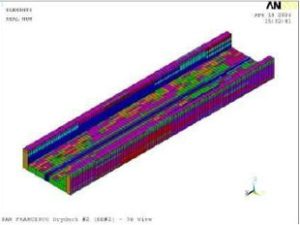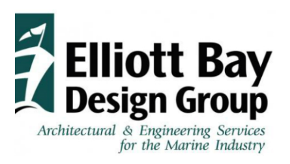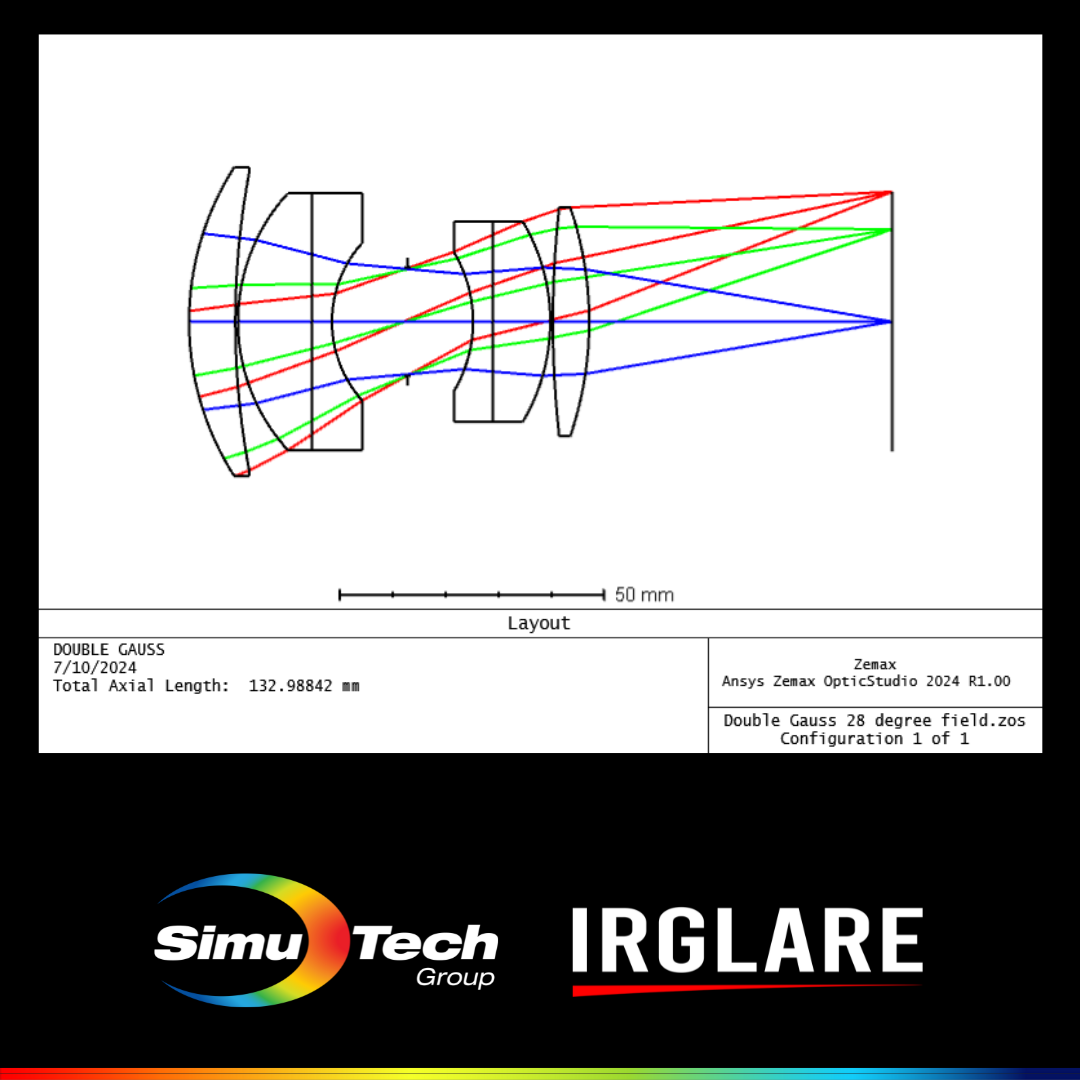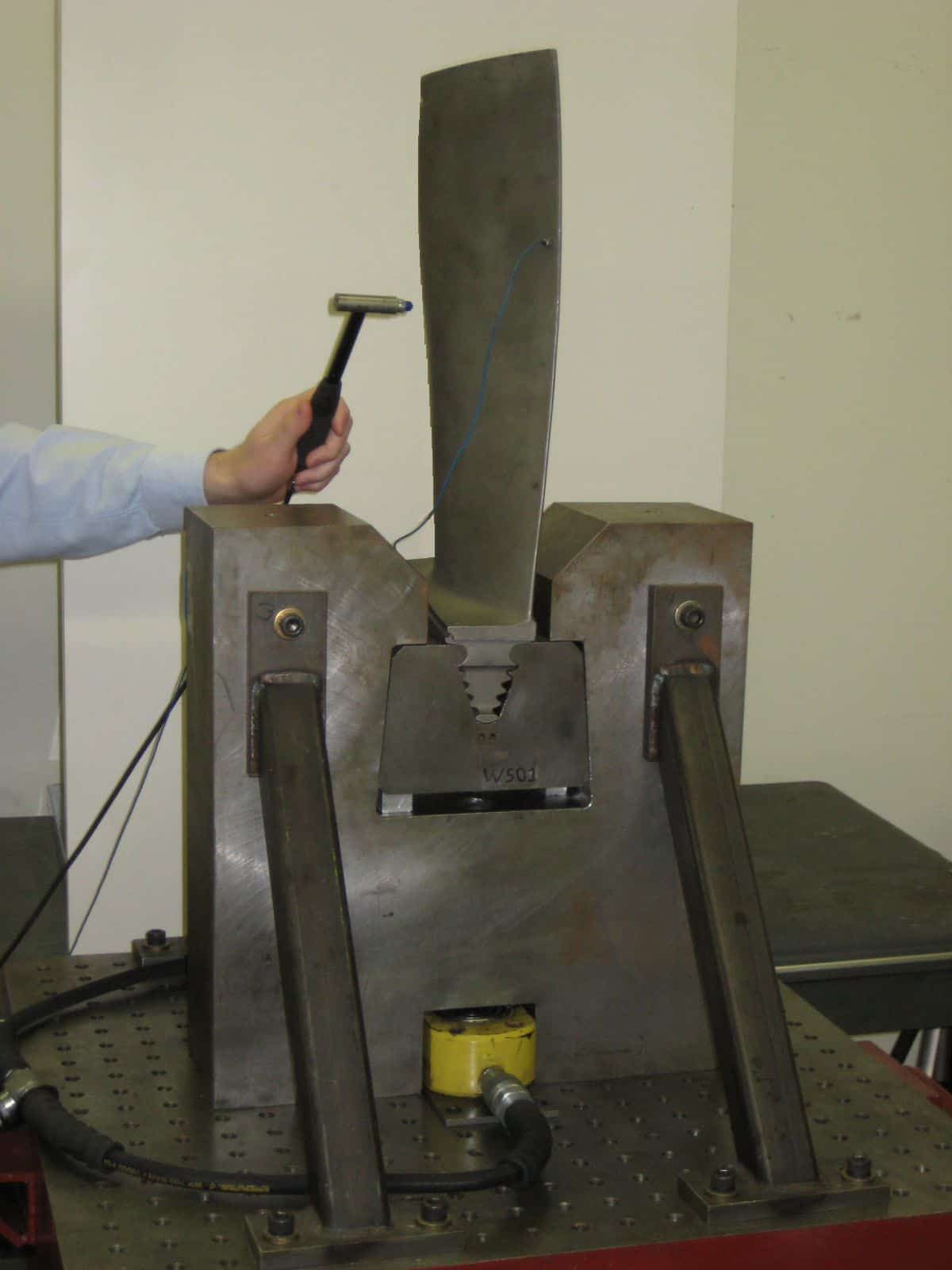Background
Elliott Bay Design Group (EBDG) and BAE Systems were tasked with assessing the structural viability and modifications of aging dry docks at the Port of San Francisco’s Dry Dock 2. In a Certificate of Honor awarded to EBDG, the Mayor of San Francisco, Gavin Newsom, pronounced,
“…I am pleased to recognize and honor the engineering team of Elliot Bay Design Group, BAE Systems San Francisco Ship Repair, and Princess Cruises for their collective contribution to the economic vitality of our City. Together this prestigious team designed and implemented a series of modifications to the Port of San Francisco’s Dry Dock 2 that now enables it to services ships too wide to transit the Panama Canal (post-Panamax). With this additional capacity, San Francisco will be in the unique position of having the only floating dry dock large enough to accommodate post-Panamax ships in the Pacific waters off North and South America and will be able to capture the mega-ship market, beginning a new chapter in our City’s rich maritime history.”
Challenge
According to Steve Harris, PE, Sr. Structural Engineer at EBDG: “Corrosion wastage not only weakens the strength of the scantlings, but also directly affects the operational load capacity of dry docks. Therefore, the operations group has expectations from the results of this analysis. The primary goal of the operations group is to maintain or even increase the capacity of the structure to meet their requirements. The operational requirements usually dictate the loading conditions used in the analysis.”
With FEA, it is not only possible to determine the repair requirements, but it is also possible to provide additional capacity in certain areas of the structure.
Solution
“With FEA, it is not only possible to determine the repair requirements, but it is also possible to provide additional capacity in certain areas of the structure. Therefore, FEA can be used to maintain the existing capacity and increase certain areas if required for future operations with specific modifications. This is made possible by increasing the capacity of certain structure exhibiting additional capacity without impacting other areas exhibiting extensive corrosion or marginal capacity.” – Steve Harris, PE








